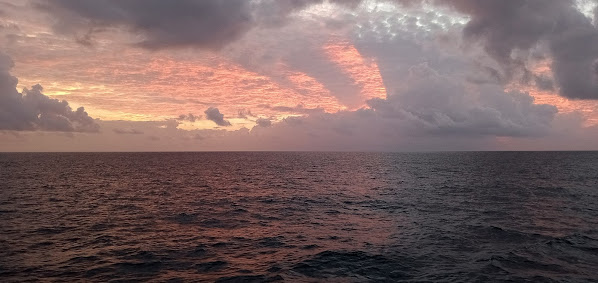Delivering some exciting topics of Earth Sciences to graduate students is a fun way of learning. The title seems a bit off road trek but achieved its goal smoothly. Discussed some important content in context to latest updates in Global tectonics. This subject matter is intricately connected to my research area, and the students displayed genuine enthusiasm when delving into the latest developments in Plate kinematics. Their excitement was particularly evident as we explored our evolving understanding of the youngest Supercontinent, "The Pangea."
Posts
Participation to the Indian Ocean Geoid Low Expedition
- Get link
- Other Apps

A journey of seismological inquisitiveness into the depths of the Indian Ocean with ORV Sagar-Kanya. The Indian Ocean in the Southern Hemisphere: "Painting the sky" The start – Expedition SK-348 The journey starts with a broad vision of the Indian Ocean Geoid Low (IOGL)- Programme, initiated by NCPOR, MoES, to understand the origin of the lowest geoid existing on the Earth. The lowest geoid appears to be a dent on Earth’s surface created due to low-density material lying beneath the Indian Ocean. Various theories have been put forth to explain its existence, of which a brief outlook can be viewed in Ningthoujam et al., (2019). In May 2018, an array of 17 Ocean Bottom Seismometers (OBSs) was deployed in the Indian Ocean for 2 years to resolve and provide a scientific explanation to the IOGL. Unfortunately, I missed the initial journey. Phase I- Recovery and Re-deployment – SK-360 A great success with 100% of OBS recovery in 2019. The data has bee